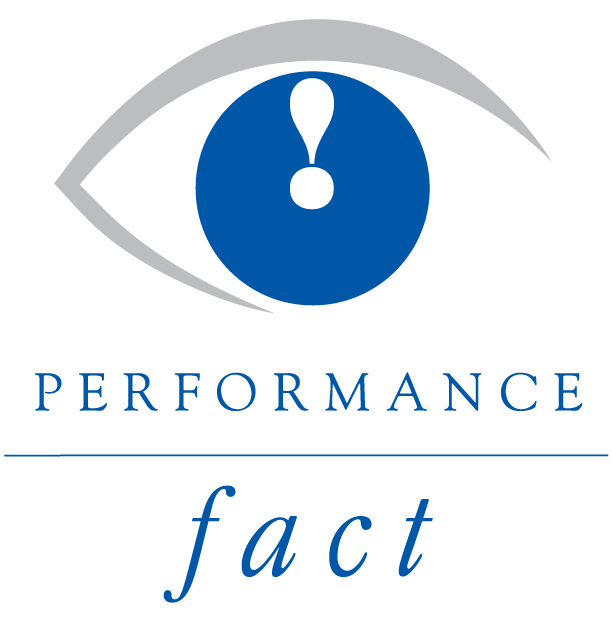Musings
Effective leadership thinking: Adopting a recipe and following it faithfully
Aloha! If you like to cook, as I do, you know the experience of diligently gathering the ingredients and investing a lot of time and attention in the process. You probably also know how it feels when the chicken dish that looked so mouthwatering in the picture turned out, well, disappointing. Dry. Undercooked. Tasteless.
What happened? Was it the chicken’s fault?
Of course not! If I were being honest, I would admit that I’d cut a few corners in the process – that I’d performed a few steps out of order, or guesstimated a measurement, or substituted an ingredient. Perhaps I was in a hurry, or I thought I was a good enough cook to successfully improvise.
In his book, “Ruhlman’s Twenty,” chef and author Michael Ruhlman isolates the 20 techniques that matter most in cooking. His intriguing approach focuses not on teaching me to follow specific recipes but rather on sharpening my grasp of the building blocks: the high-leverage practices that, when mastered, make one a confident, competent cook.
Ruhlman’s book explores the idea that “all of cooking can be reduced to a handful of techniques.” He writes: “It’s not a if you have to master a thousand techniques in order to cook well. Or even a hundred. You only need to know about 20 things (you surely know more already than you think you do). … My goal is to explore the basic techniques we need to know to cook everything (and) to reduce the fundamental act of cooking to its essence.”
Ruhlman’s approach parallels Performance Fact’s emphasis on practices, not programs – because programs fade, while practices endure.
Imagine my delight to learn that, of the 20 techniques, Ruhlman lists THINK as No. 1! He prioritizes arranging one’s mental processes and physical spaces to support the process of cooking – free of clutter, mess and distractions. Were I to reflect on the disappointing chicken dish, I probably would find that I had failed to think through and envision the process. Chances are I ignored the French concept of mise en place – “putting in place” – which requires first organizing my thoughts as well as arranging the ingredients and my space.
Where cooking and leadership thinking intersect
So what does cooking have to do with leadership thinking about continuous school improvement?
Effective leadership thinking involves developing the discipline of looking before we jump. Of taking time to map out upfront how things connect. Of putting cause and effect in the proper order. Of not conflating ends and means. Of ensuring that we implement the proper design in the proper sequence.
Effective leadership thinking also involves metacognition, or “thinking about thinking.” It entails thoroughly envisioning the entire process, making the connections, and determining how the pieces fit together to create the desired result – before one starts the implementing.
First things first: Focusing on practices
How do we apply the concept of mise en place to developing a school improvement plan or annual action plan?
We at Performance Fact suggest that a results-focused, practice-driven continuous school improvement plan or Annual Action Plan ought to flow from a coherent design that’s assembled in the proper sequence, as follows:
1. Student Achievement Target
2. Professional Practices
3. Educational Strategies
4. Professional Development and Collaboration Themes
This is The Big Picture: our hopes and dreams for the school year captured in a simple, clear image. (See example below, or ask us for a template.) The Big Picture also includes our roadmap for achieving the ends we desire.
By articulating and achieving full agreement upfront on a coherent Big Picture, we set the stage for implementing the recipe: defining the detailed milestones for each Educational Strategy and each Professional Development and Collaboration Theme, and wisely and consciously allocating resources (people, time and money) to those priorities.
Embracing the right practices and performing the corresponding tasks properly and in the right sequence significantly increase the odds of achieving the desired results.
What do you think? To learn more, send us an email. We’d love to hear your reactions and ideas!
– Mutiu O. Fagbayi


